Are you at that exciting and slightly apprehensive point of finding the perfect stone for your kitchen benchtop? There are many, many alternatives to engineered stone benchtops. As you begin investigating natural stone and porcelain slabs, you’ll find there are numerous choices to fit your design aesthetic, your project timeline, your budget, and most importantly your functional and performance requirements.
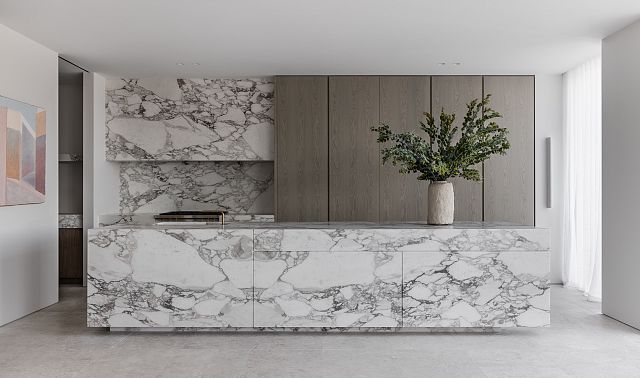
As a first step towards choosing the right stone for your kitchen benchtop, we’ll guide you through the main characteristics and differences between natural stone and porcelain slabs. Armed with this knowledge, you can reach out to our team, or visit one of our showrooms, to discover all the beautiful choices that are in stock and ready to go into your kitchen living zones.
Natural Stone Explained
Natural stone really is what it describes – stone formed over millions of years through natural processes. To select a natural stone benchtop for your kitchen is to bring millenia of geological history and beauty into your home, something that tells a story that is unique to you and authentic to Earth’s natural processes. Natural stone is a very hardy material. It is also much-loved for its classical elegance, and it goes beautifully with all cabinetry. Each slab has its own unique beauty, colour and veining, giving you a diversity of choice in terms of aesthetics and characteristics.
Natural stone does have a tendency to change in appearance over time, and develop a patina that tells the story of its use – this is part of its appeal. There are three fundamental qualities that influence how readily these changes occur: the stone’s hardness which will determine how durable it is in different applications; porosity – how readily it absorbs oils, which can darken the stone; and how reactive it is to acids like citrus juice and vinegar, which can leave white “acid etching” marks.
Understanding Marble, Granite and Quartzite
Marble, granite and quartzite get progressively stronger in that order. Your ultimate choice between one or the other will likely be determined by the specific qualities you’re seeking – such as a desired look and feel, a particular level of performance, and ease of maintenance.
Marble has long been considered the king of natural stone with marbles such as Artedomus’ Selenis experiencing wide-spread popularity for its remarkable density and durability, and delicate white colouring with warm golden markings. Marble has been compacted in the earth so it tends to be quite strong. That said, every marble slab is different, with its strength and durability dependant on its particular chemical composition (retained from its original state). Marble comes primarily from limestone that has been recrystalised and, depending on the amount of calcium carbonate it contains, it can be reactive to acid. To put it simply, avoid stringent cleaning products and wipe up your spills quickly. If you look after your marble, it will look after you!

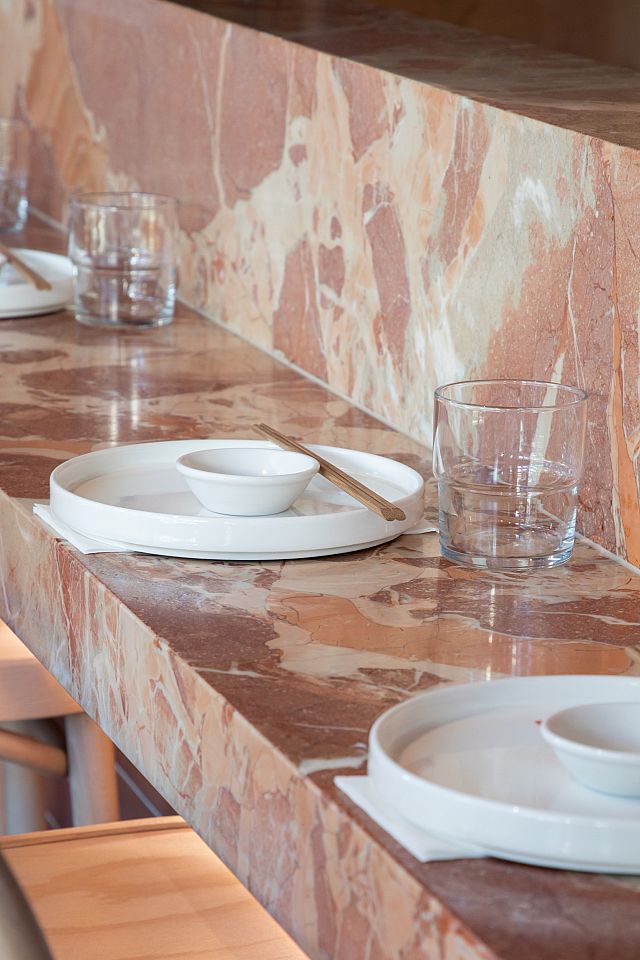
Granite is equally a highly popular natural stone, and very robust. Granite is igneous, which means it’s formed from magma. As such, it is typically a large grain stone and often chosen for its strength. It’s important to consider with granite – as with every piece of natural stone – that its physical structure and chemical composition is shaped by millions of years of geological processes. This leads to incredible variation in colour, appearance and performance, even for stones of the same kind. A perfect case in point would be our Metaurus and Rocaro granites.
While granite is highly durable, there is still a level of porosity to it, as with every natural stone. If you want your granite to remain perfectly unmarred, a topical sealant is recommended.
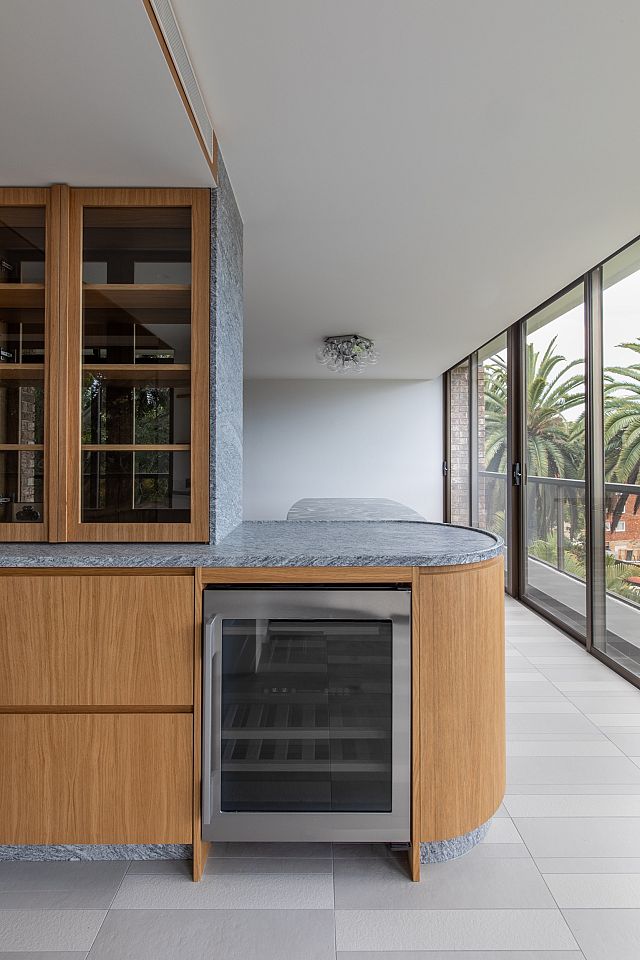
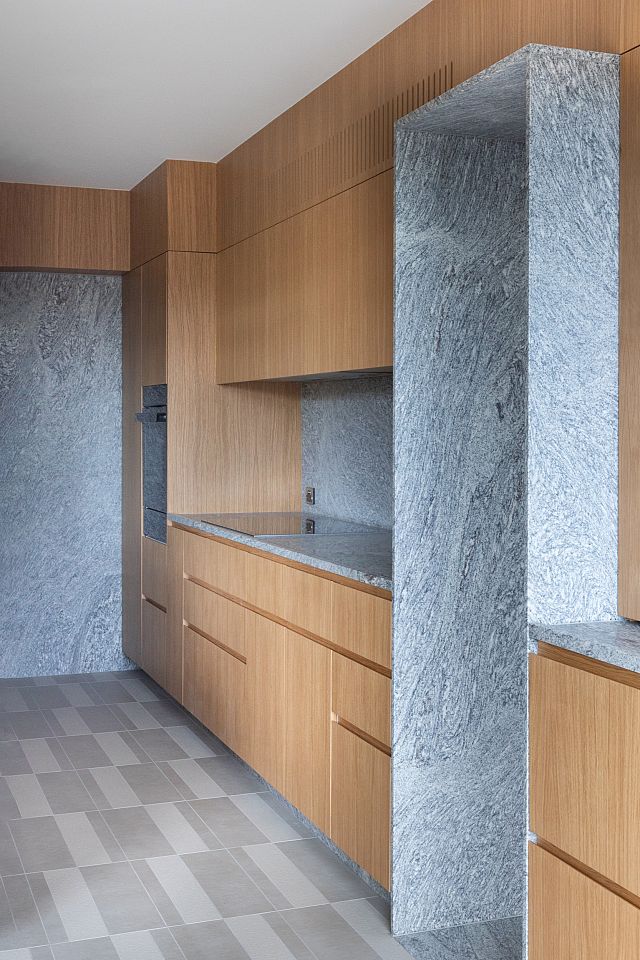
Quartzite is the strongest of all of the natural stone benchtop materials and has risen in prominence in recent years, with unique products like Artedomus’ Smeraldo and Aquarzo offering a vibrant green colouring that rivals the beauty of marble. Quartzite is a metamorphic stone, meaning it has been changed from its original state as a result of geological forces deep in the earth’s crust. Quartzite is composed primarily of silicon oxide, typically from sandstone, where geological processes have removed the calcium carbonate from the stone. These processes leave beautiful quartzitic veins and layered effects, within a material that is incredibly hard and resistant to acid.
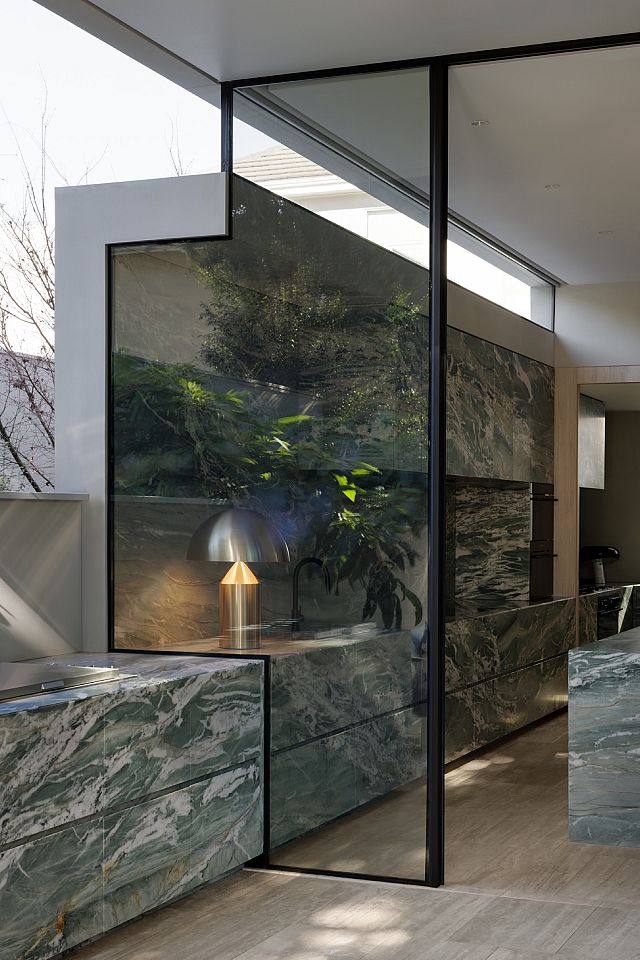
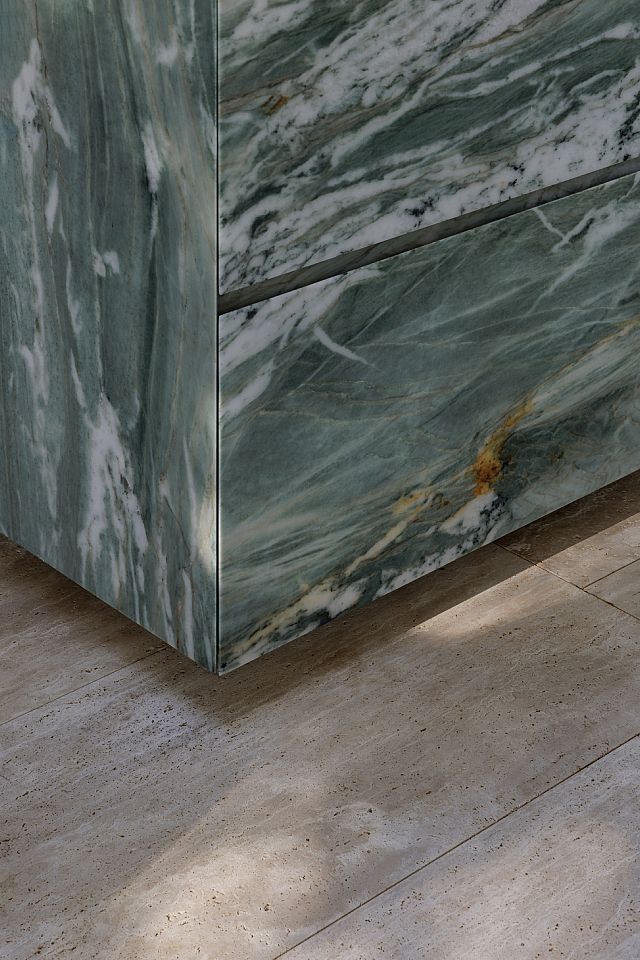
You can read further on natural stone in our quick guide to choosing the right natural stone.
The difference between natural stone and porcelain benchtops
Porcelain panels are made from all natural materials, with no chemicals or binders. Porcelain is made in a similar way to how nature makes natural stone. To make porcelain, a combination of clay, feldspar, sand and other natural materials are crushed into a fine powder, pressed together and fired to create one mass. This manufacturing process also eliminates the porosity and moisture from the material, so porcelain benchtops do not require sealing. Porcelain has virtually zero porosity and it’s almost impossible for it to absorb any stain from a liquid. Fired to 1250 degrees celsius, porcelain panels have already changed state to something incredibly hard so no damage can occur from heat from ovens or cooktops. This makes porcelain incredibly strong and durable, and impervious to scratching, staining and marking.
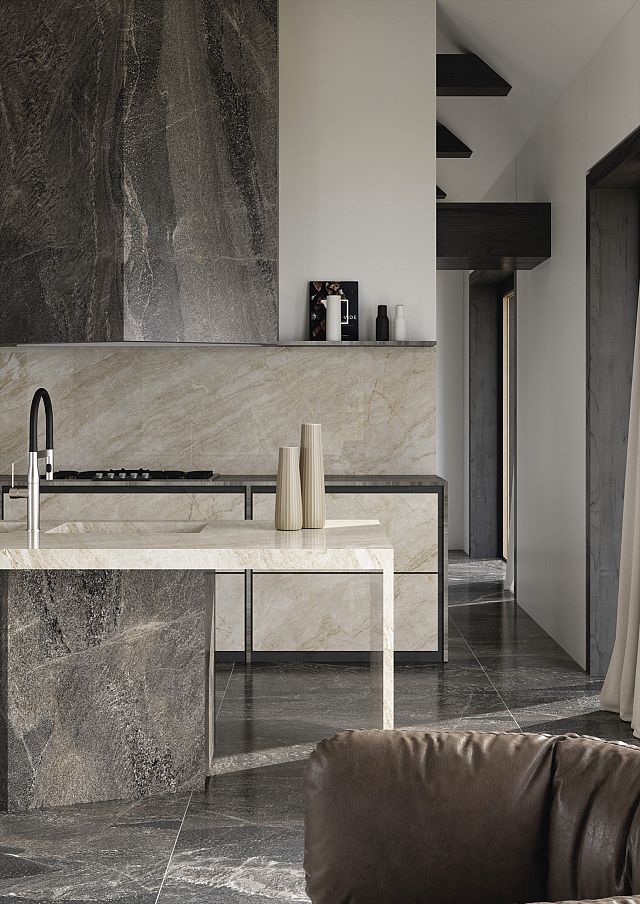
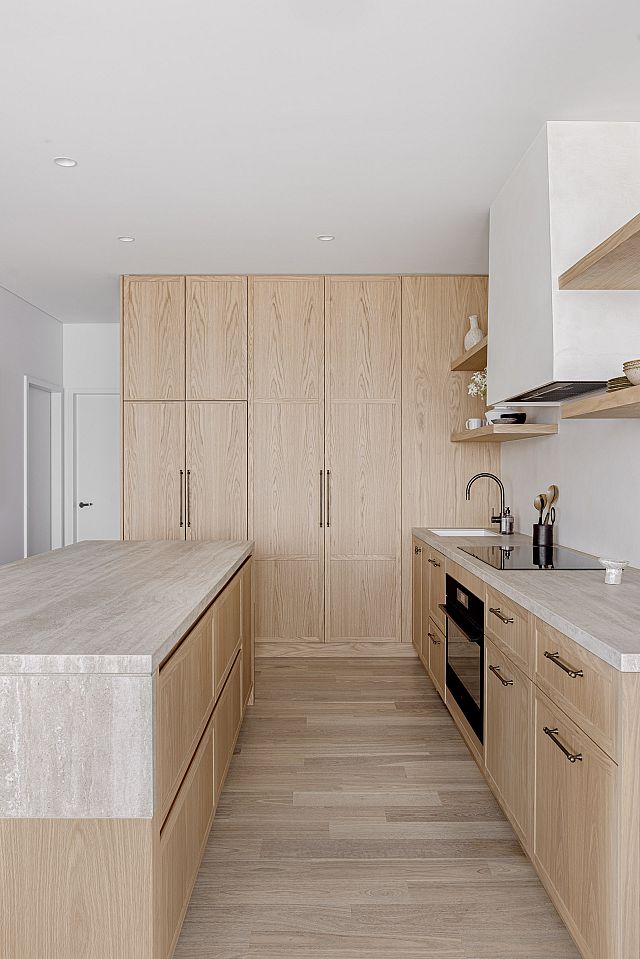
Porcelain balances strength with price point
Artedomus’ porcelain panels are very lightweight and can be used virtually anywhere: kitchen benchtops, floors, walls, ceilings, inside, outside, bathrooms, barbecues, joinery and more. Porcelain also hits a sweet spot in terms of strength and price point. And, it offers a wide range of beautiful and exciting aesthetics, too. Artedomus’ Veneziano, for example, is a ‘full body’ porcelain, that comes in panels or tiles, and carries an architectural aesthetic all of its own.
Full body means that it features a uniform composition of colour and pattern that runs all the way through the depth of the porcelain panel or tile. This enables the edges of the porcelain to be left exposed, to create neat and uniform detailing on counters and benchtops, corners, splashbacks, stairs and more. As well, any etching or fluting cut into the porcelain will also have the same appearance as the top surface. This effectively expands the design possibilities for interior and exterior surfaces, as can be see with Fiandre Veneziano, below.
Like this article? Dive into our 10 natural stone and porcelain benchtop alternatives to engineered stone.
Words by Alice Blackwood